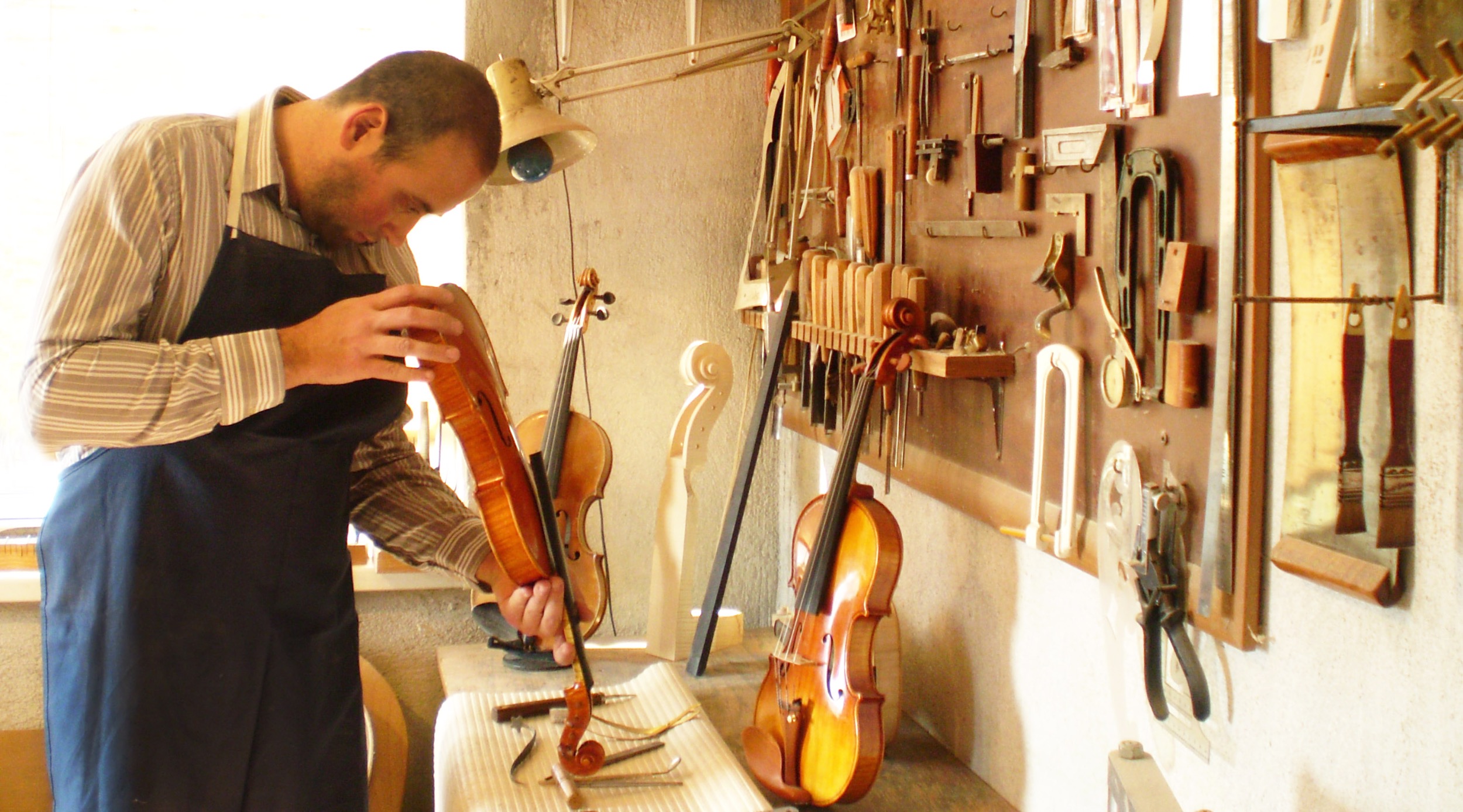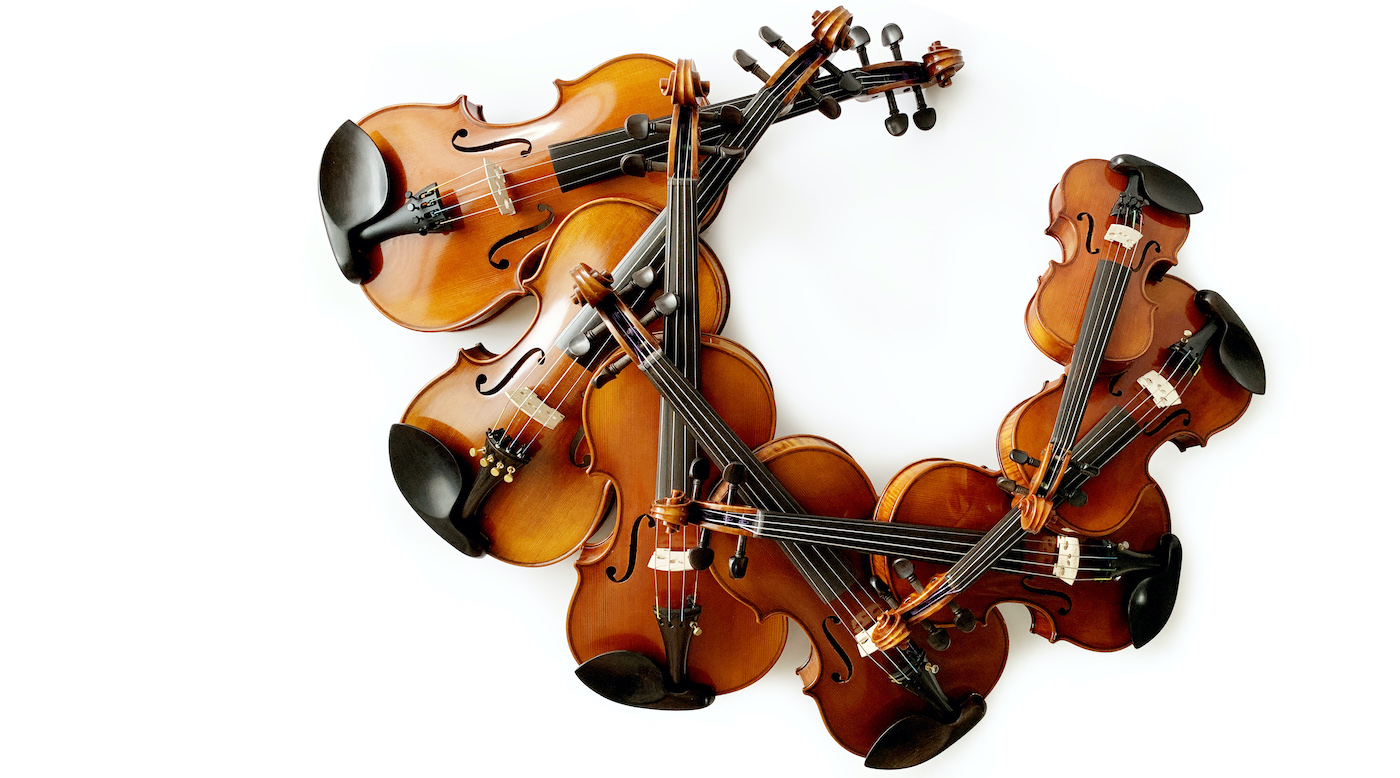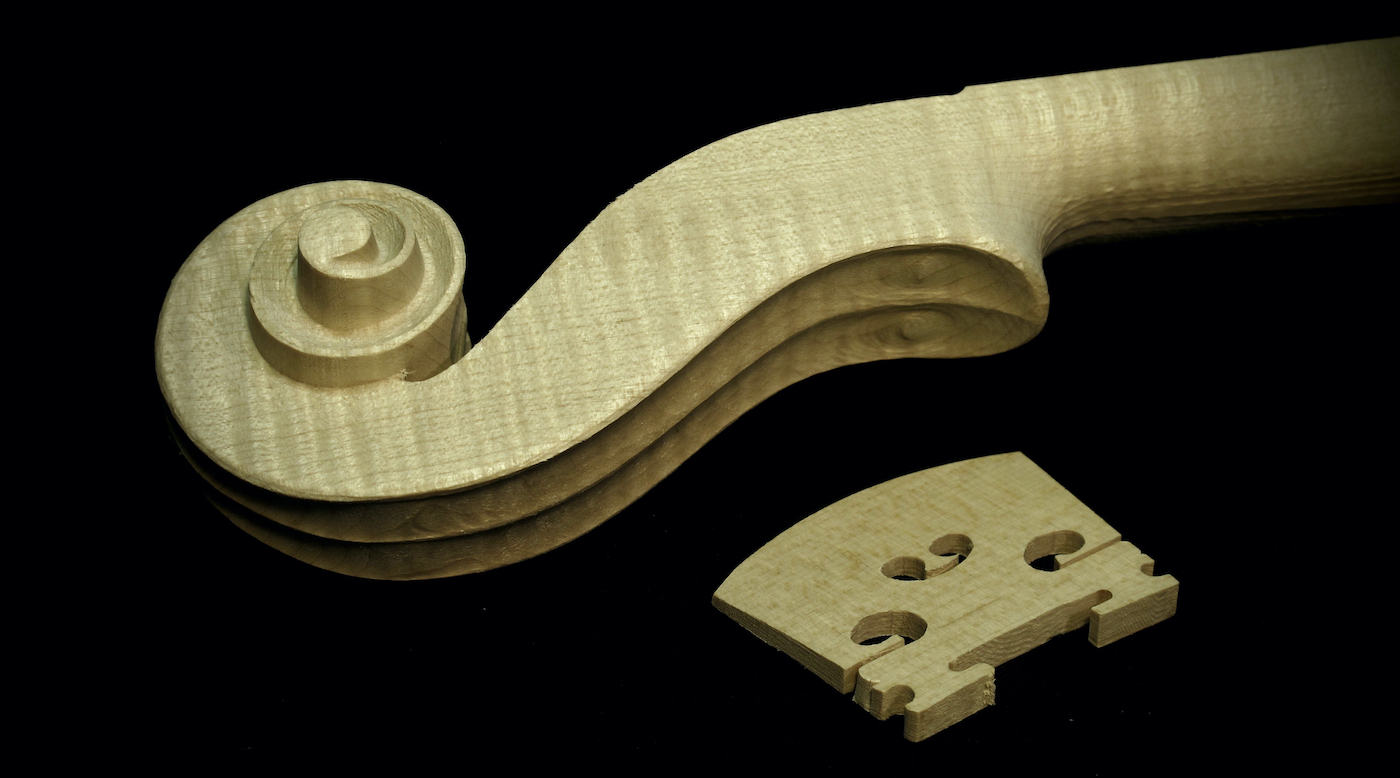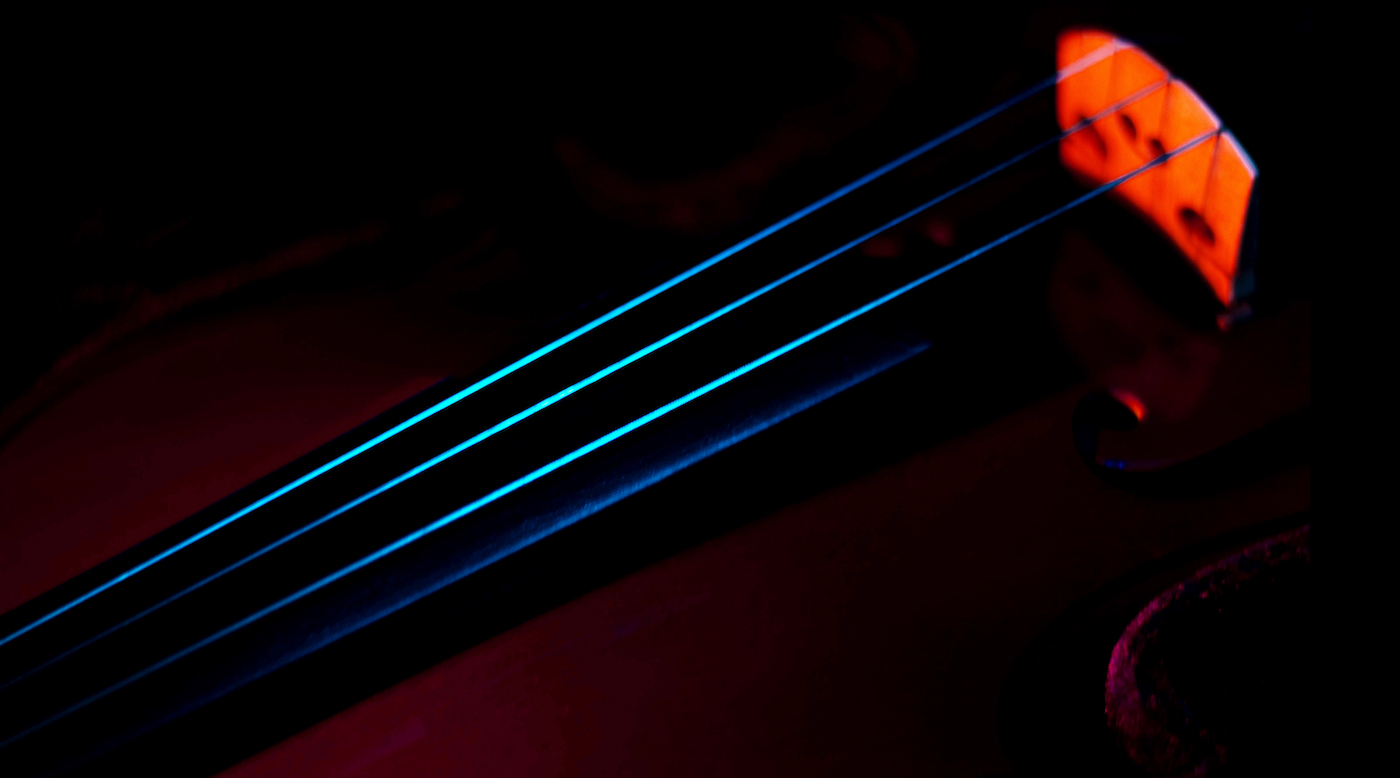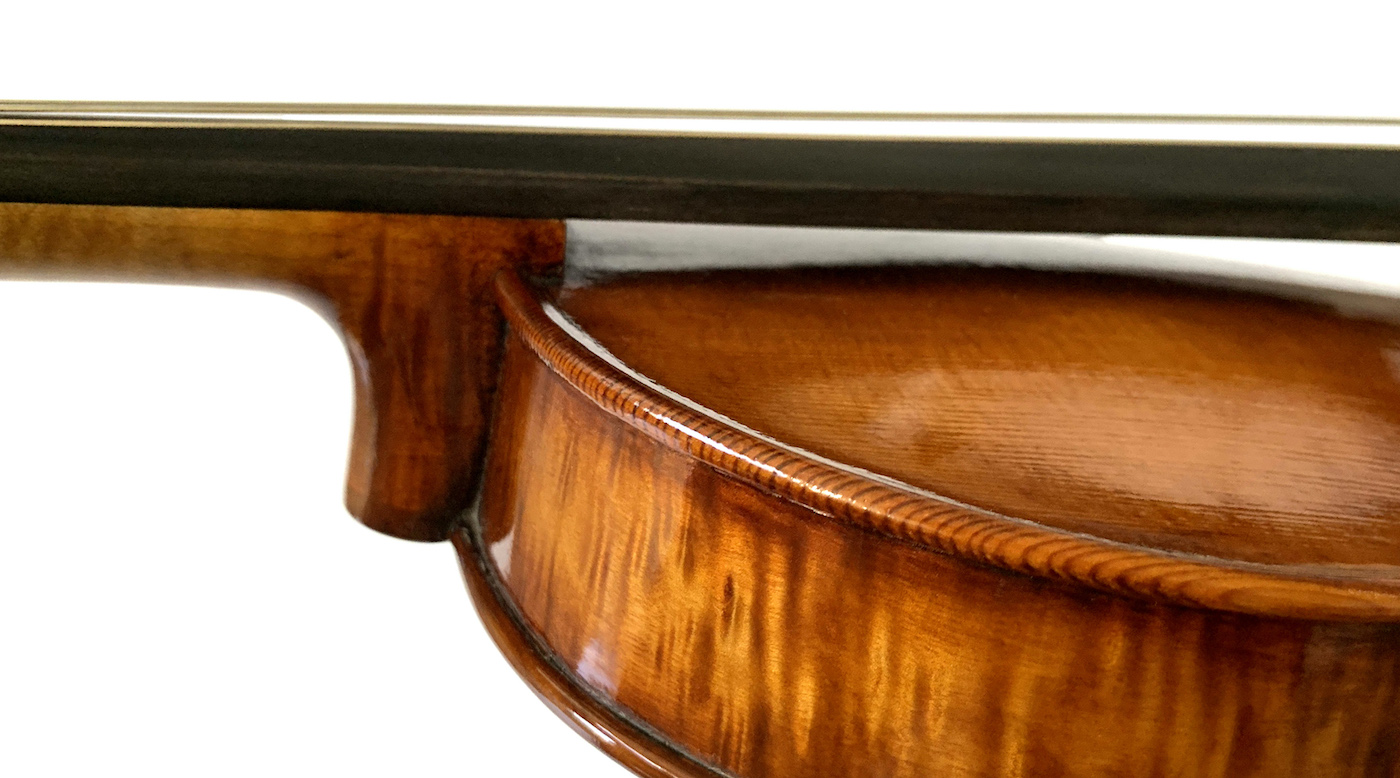Fiddleheads provides superior-sounding instruments due to many factors, primarily expert setup and diligent testing
What is Setup?
To best explain the importance of setup and strings, imagine a sports car.
Setup is the fine tuning of the car, to make sure all the parts are aligned and firing properly to allow for maximum performance.
The bridge height is like the cam shaft and timing belt. The sound post is the transmission. The strings are like the tires.
So, if you imagine a fine vehicle with a burned-out clutch, a loose timing belt, and bald tires being compared to the same model car with specialized improvements, a fine tuneup and performance tires, you get the picture.
I will get into more precise detail about the various components of a proper setup later in this article. [Setup Steps]
My Standards
Due to genetic health issues I retired from teaching and orchestral playing in 2019 and 2020 respectively, but believe me, I still have the same incredibly, sometimes impossibly (just ask my luthier) high standards today. My perfectionism carries over into Fiddleheads in the products I sell, my commitment to customer service, and how I maintain my own and my business' sparkling reputation.
All my violins (also violas, but for brevity I will say violins) see at least 2 hours of detailed adjustments after the instrument is crafted.
I start by inspecting each and every violin as they arrive safely from my makers from cities around the world.
Next my trusted luthier adjusts the various components to ideal measurements and specifications.
Once this work is completed I inspect and play the violin to make sure everything is just right, and if it isn't, back on the luthier bench it goes!
It goes without saying my ability to play the violin at a professional symphonic level, mixed with over two decades of teaching hundreds of students, puts me at a great advantage to the other shops in my understanding of what players want and what my instruments deliver.
Add to that my personal involvement with my makers and familiarity of each and every single instrument I have in stock.
I'm not just flipping fiddles from a lame distributor catalog, and I'm not pushing every possible brand I can get my paws on. I've narrowed down the choices to the best violins at each price point so you can trust that the instrument you are buying is right for your needs and budget.
This may sound like bragging, but I have solid figures and customer testimonials to back up my claim. Fiddleheads has won several business awards, including a coveted finalist position as Small Business of the Year in my city and all business reviews and customer testimonials are impeccable.
Don't Throw Good Money After Bad
I started Fiddleheads' school in 1999 and shop in 2002. In that time I've learned:
- I have the wisdom to know being busy helps a person get their priorities straight, to focus only on the things that matter, and to invest in ventures worthy of my time.
- I believe it only makes sense invest my precious time, energy, and money into violins that will give back to the customer what I put into them as the expert they trust.
- I'm not going to invest myself or my business in instruments or makers that are not worthy of my precious time, energy, and money.
I'll continue to use a car analogy because we've all been burned by lemons from the massive automotive industry.
No one would do an entire engine rebuild and install a racing clutch and performance tires on a rusted out Ford Pinto with 400,000 miles on it or a Chevy Corvair breft of an engine or wheels. That's universally known as throwing good money after bad (or simply being a fiscal dumbass).
Unless you're a master mechanic who enjoys repairing a failing vehicle weekly, it's better to invest your time, energy and money into the most solid machine you can afford and which is worthy of the repairs that will give you years of use and enjoyment.
No one wants a money pit that doesn't make much of a difference no matter how much money you sink into it. Even a mechanic gets sick of working with crappy Pintos and Corvairs and would rather invest time into a vehicle worthy of the time, money and emotional investment.
Understanding this concept in the violin realm is precisely why I do not carry garbage beginner violins like you will see at nearly all the other violin shops. Sure, it's effortless for anyone (literally anyone) to sell $99 junk violins by the hundreds. I know from experience during My Brief Endeavour in the Budget Violin Market from 2009 to early 2015.
Fiddleheads' Student Violins and Beyond
My business' product line consists entirely of violins I am personally proud to sell, not a single lemon or so-so instrument. They are all fantastic in their own price points and ranges.
For example, Fiddleheads' entry level violins (VN-100 model) are custom-commissioned for me by the workshop of Mr. Sun, who has received impressive accolades in the Violin Society of America's International Competition. These and the other Fiddleheads' Sun 100-series violins and 200-series violas are all at a quality level I am entirely confident to see my own students playing, depending on their skill level.
Like all the instruments I sell, my Sun violins are worth investing my time, energy and money both in how they are constructed and how I see them meticulously setup and carefully tested. This results in a noticeable difference between the Sun violins other shops promote and my superior models Fiddleheads sells. Keep that in mind when you're comparison shopping.
The same, of course, can be said of all the instruments I sell. I refuse to settle for mediocre quality or commonplace products or many other sellers slog without question. Each and every violin of mine is inspected, played, tested, further setup and tweaked.
I get to know all my violins like I get to know my customers. This is all unequivocally apparent in the reviews and testimonials my business and I receive. Again, not bragging. I'm proud to stand behind everything I do.
Steps to the World-Class "Fiddleheads Setup"
1. The Bridge and Sound Post
My makers, luthier and I start by using only quality bridges made from hardest, seasoned maple. Compromising with a cheap bridge is a waste of all the time that goes into its setup.
At least an hour of work, usually two, goes into thinning and adjusting the bridge alone. The arch and string height is set to a specific range of measurements, making both left hand fingering and right hand string crossing easier. Intricate carving and sanding sees the finer adjustments completed.
The net effect is a more refined looking bridge and greatly improved tone as surplus wood is removed from key points where it matters to a player, and not just by the book.
Likewise, the sound post is made from high calibre spruce. It is next cut and fitted in place, with a new one being cut if it is too short for the prime positioning. Then it is moved and adjusted until it sits in precisely the ideal spot for optimal tone.
2. The Strings
Strings breathe life into an instrument. Combined with proper setup, this is what makes the biggest improvement to a violin's sound after the initial construction. These two factors go hand in hand. There's no use throwing good money after bad by putting cheap strings on a quality violin, or quality strings on a cheap violin or one with bad setup.
Most beginner violins sold elsewhere are setup with "factory" (those provided by most makers) stock steel or other all metal strings and though they are cheap to produce, the sound is dreadful. Consider this: cheaping-out on strings is akin to putting cheap, low-octane gasoline full of particulates into a performance engine.
All of the strings Fiddleheads use were carefully chosen by me to have the best properties for the price. I use only European strings (with the exception of D'Addario viola strings from the USA, which originated in Italy) since these are still the best available, no matter what others may claim.
Below is a list of the most standard strings I use on nearly all of Fiddleheads' instruments:
- Thomastik Dominant violin strings, made in Austria by Thomastik-Infeld, are and have been the industry standard for violin strings since the advent of synthetic-core strings in the 1970s.
- Dominant strings utilize perlon, a special type of nylon, to simulate the tone of "gut" strings (those made with stretched sheep intestines) and are far more stable in tuning than temperamental traditional gut strings. The perlon core is surrounded by alumimum and (with the more costly sets) silver winding.
- Most of my violins are setup with Dominant strings or other nylon-core strings as they have the best sound. I played almost exclusively with Dominant strings from my early days as a student into music college and beyond.
- I often replace the Dominant E-string on my better violins with a Pirastro (Germany) "Gold" E-string, which many more experienced players find to be a superior E-string.
- Corelli Crystal violin strings are slightly cheaper and a close second in tone to Dominant strings, so they are a great alternative for beginner players on a budget who don't want to compromise their sound.
- Made in France by Savarez, Crystal strings consist of a specially formulated stabilon nylon (simulated gut) core and thickly wound with aluminum and steel. I have used these strings on my VN-100 violins since the early 2000s and am still impressed with the quality and sound for the price.
- Note some new players, still figuring out their technique, have stated that their Crystal A-strings last longer without unwinding than the Dominant A-strings do.
- D'Addario Helicore viola strings are my stock string for violas and seen as the industry standard for violists. Unlike my synthetic core strings for violin, Helicores are made from are crafted with a core of multiple steel strands. This results in a full-bodied sound from a smaller diameter without compromising the bow response.
- These strings are made in the USA, but the original maker had origins in Italy as far back as the 1680s making ropes and strings for instruments. It's incredible to try to fathom how many strings were made in the centuries to come!
- For violists on a budget I do have viola Corelli Crystal strings available, which have similar properties to the violin strings and are a solid, quality student string.
- Evah Pirazzi violin and viola strings are made by Pirastro in Germany and are seen as the go-to string for advancing players and professionals. Also a synthetic gut string, the Evah strings are slightly heavier, resulting in a fuller-bodied sound and more pleasing overtones.
- Most of my Master-grade violins and violas are setup with Evah strings or Evah Gold strings as they bring out the best tone from my instruments.
- I used Evah Pirazzi strings for over 10 years after they became "the new Dominant."
- Evah Pirazzi Gold violin strings are the newest string in my lineup. Think of them as the new and improved Evah string, with a wider range of overtones and generally more "vooom" for lack of a better word. These strings need to be tried and heard to be fully appreciated.
- Evah Gold strings aren't cheap, but they are totally worth it! I held off trying them on my own violin until 2016, knowing once I used them I could never go back to my previous standard Evahs. Yup, I tried them and was hooked. I forked out a pile of cash every 6-9 months to keep that amazing sound going during my symphony years.
Yes, you read that right. Strings need to be replaced from time to time. Manufacturers suggest every 6 months, but most students and amateurs can get away with changing their strings every 12 months.
When I was playing with the symphony and as in my two concertmaster roles I needed to get the most sound and time possible out of my Evah Golds, but changing them every 6 months was my practice as I played many hours each week at the peak of my career. I usually changed them out at the start of each symphony season and sometimes before any notable solos I was asked to perform in concert.
3. The Pegs & Peg Box
The pegs are shaped as to rest just inside the peg box: not sunk in too far and not jutting out the box more than a few millimetres. They are also lubricated as to turn smoothly, making peg tuning far easier.
The string holes in the pegs are delicately carved to allow the string to set into the wood. Also, if needed, the string holes in the pegs are re-drilled as to make wrapping the string and tuning more effective.
Sometimes the wider gauge string requires more room in the peg box to wrap around the peg. The peg box is carved and re-stained to accommodate thicker strings.
4. The Fingerboard and Neck
The nut has the grooves spaced, lubricated and filed appropriately. The strings will not catch in the grooves and this eliminates premature string breakage.
The fingerboard is shaped for best settings in several places: relief, projection and string spacing. The side of the fingerboard and back of the neck is also gently filed and sanded, as needed, making the surface smooth under the hands. This makes for smoother shifting and less edges to catch on. And it just feels better in the hand.
When necessary I have my makers and/or luthier apply a coat of protective, and safe, violin preserving oil on the fingerboard and a most subtle coat of protective shellac on the neck. Sometimes two coats are needed depending on the rate at which it is nicely absorbed into the wood.
5. Finishing Touches and My Testing
Any varnish flaws are touched up where possible then the violin and fittings are polished.
Other small details are looked after as they arise and I never skip steps or cut corners, aside from some violins which are simply discounted in price to meet customer demand. Yes, there are frequent requests for discounted violins with slight flaws and I honour these requests as I can.
The whole time the instrument is measured and tested/played to confirm optimal setup and adjustments are made as needed. I personally inspect and test each and every violin before it leaves my studio, sometimes doing this many times until it is just right. My luthier has learned to anticipate the things I will want him to tweak to spare another trip to the bench.
My final testing step is certainly something I know you will not get anywhere else you shop. It's one of the many perks in shopping with Fiddleheads and something that has earned the shop so many reviews and testimonials, lifetime-loyal customers, and eager referrals.
Finale!
If you haven't noticed by now, I'm a total detail person and there's so much more be discussed, but I'm confident this rundown will give you an understanding and appreciation of the attention to detail, level of care and expertise and overall thought that goes into setting up each and every one of my instruments I provide to my customers.
Any questions, please use the contact link at the bottom of any page on my extensive site. Thanks for reading!

Rhiannon Nachbaur, Fiddleheads' Owner

